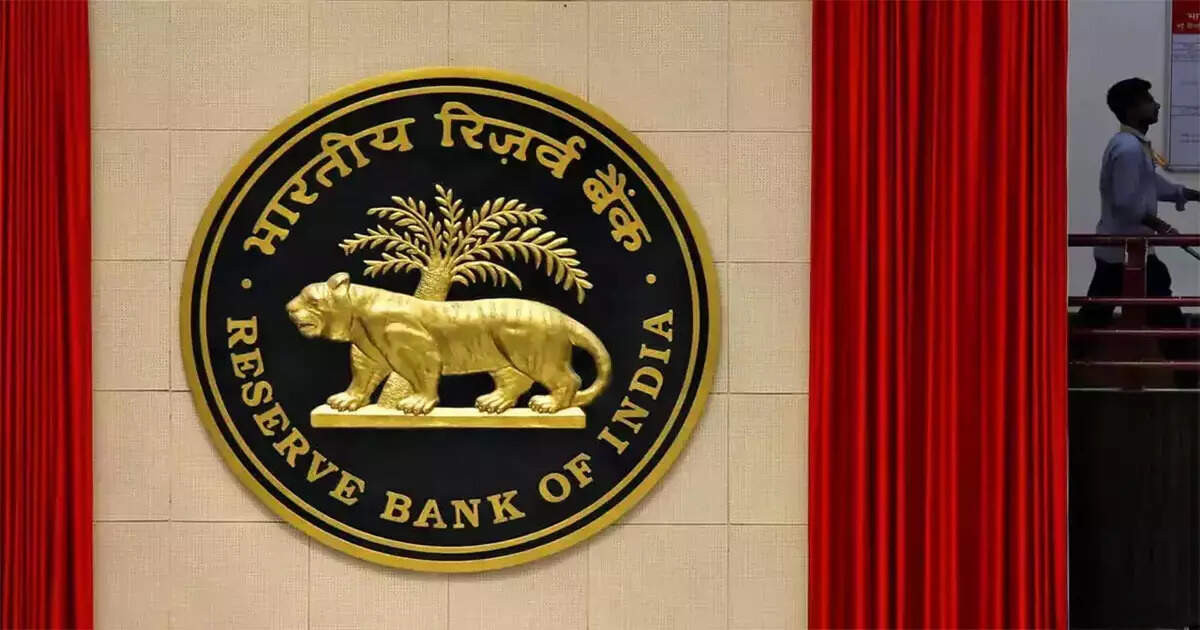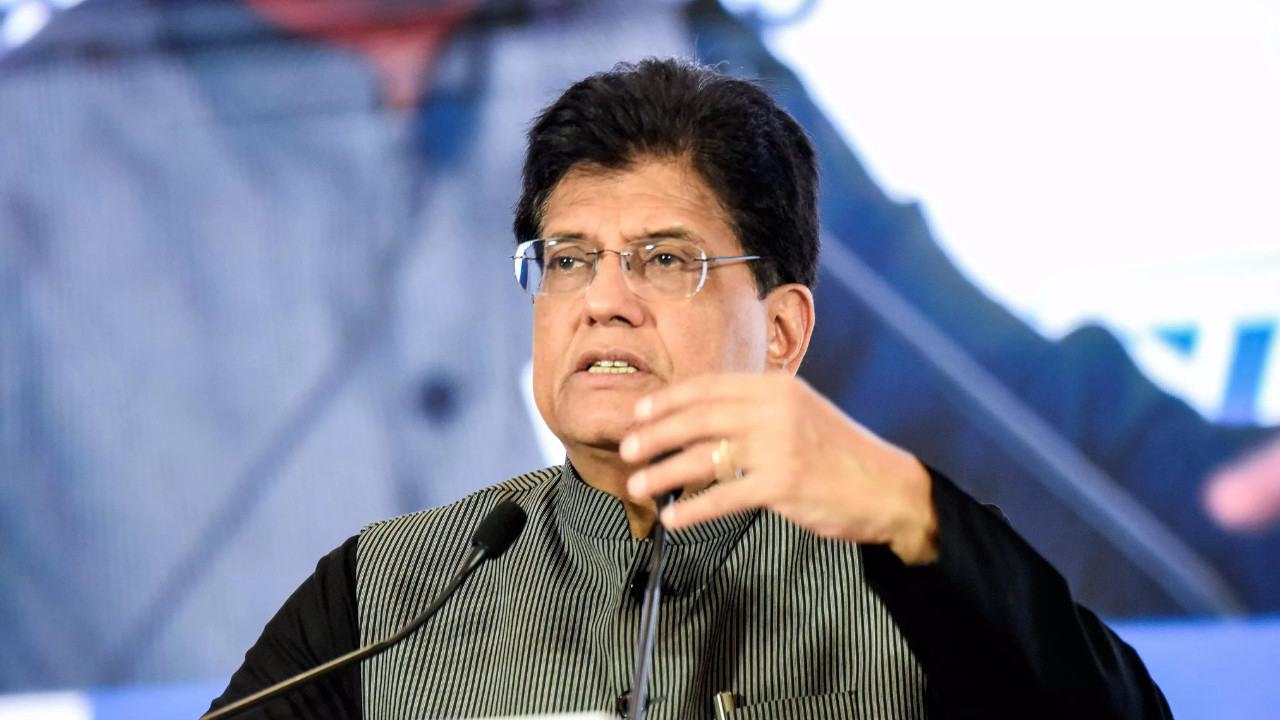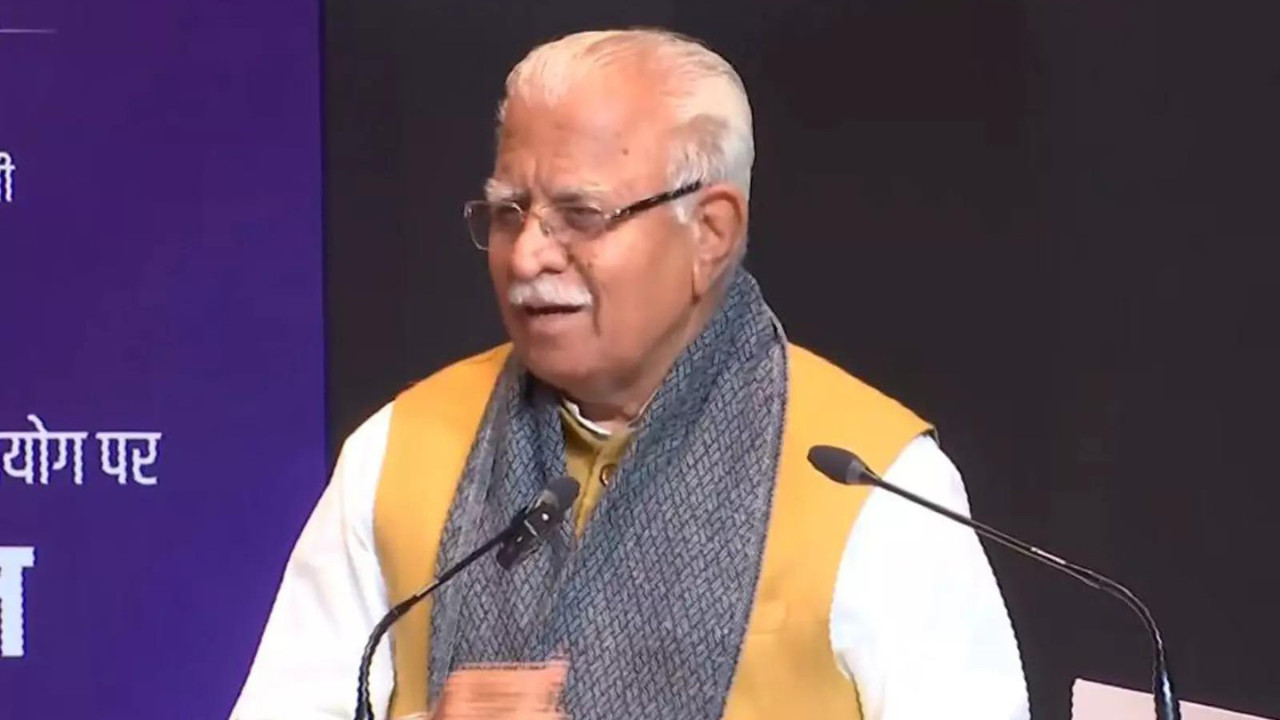RBI acknowledges that government ownership of public sector banks (PSBs) reduces its risk management burden, justifying lower capital buffers for these entities. The central bank’s economic capital framework report highlights the government’s deep pockets and track record of capital infusion, which has improved PSB asset quality.
The Bank Whisperer: How Government Ownership Keeps RBI From Playing Savior (And Why That Matters)
So, you’ve probably heard whispers about banks, bailouts, and maybe even the Reserve Bank of India (RBI) swooping in like some financial superhero. But what really goes on behind the scenes when a bank teeters on the edge? Turns out, there’s a pretty intricate dance happening, especially with government-owned banks in the mix, and the steps are anything but simple.
Let’s face it, the world of finance can feel like an exclusive club with jargon that only insiders understand. But it affects all of us. Whether you’re saving for a rainy day, taking out a loan for a new car, or just trying to understand why your investments fluctuate, the health of the banking sector matters. And that health is deeply intertwined with the role the government plays, particularly through its ownership stake in some of India’s biggest lenders.
Now, the article I stumbled across, in a nutshell, lays out a fascinating argument: the fact that the government owns a significant chunk of these banks actually reduces the pressure on the RBI to act as a “lender of last resort.” Think of it like this: imagine a family business. If things go south, wouldn’t you expect the family (the government, in this case) to step in before calling in outside help (the RBI)?
That’s the crux of it. Because the government is already a major stakeholder, it has a vested interest in keeping these banks afloat. And crucially, it has more direct levers to pull. This means the RBI, the central bank responsible for maintaining financial stability, isn’t automatically on the hook every time a government-owned bank hits a rough patch.
Why is this important? Well, imagine the chaos if the RBI always had to bail out struggling banks. It would create a moral hazard. Banks might take on excessive risks, knowing that the RBI would ultimately cushion the blow. It’s like driving without a seatbelt because you know the airbags will deploy – a recipe for disaster!
The government’s ownership, therefore, acts as a kind of “first line of defense.” It allows for more proactive intervention – think capital infusions, management restructuring, or even mergers – before things reach a crisis point demanding the RBI’s intervention.
Think about recent history. When some public sector banks faced mounting bad loans, the government injected capital, bolstering their balance sheets and preventing a full-blown crisis. Could the RBI have done that? Sure, maybe. But the government’s direct ownership made the process smoother, quicker, and arguably, less disruptive to the overall financial system.
Of course, this isn’t a perfect system. Government ownership also brings its own set of challenges. There’s the potential for political interference, slower decision-making, and sometimes, a reluctance to make tough but necessary calls. Plus, some argue that government control can stifle innovation and efficiency.
However, the article’s perspective offers a valuable counterpoint to the narrative that government ownership is always a burden. It highlights a less-discussed benefit: the buffer it provides to the RBI. It’s about understanding the complexities and trade-offs involved in maintaining a stable and resilient financial system.
It’s not just about blindly privatizing everything or clinging to old models. It’s about finding the right balance, the right mix of public and private ownership that best serves the needs of the Indian economy.
The government’s role is critical. A stable economy is a huge requirement for a developing nation like India, and any volatility in banks is sure to shake the economy.
So, next time you hear someone talking about banks, bailouts, and the RBI, remember that the picture is far more nuanced than it often appears. The government’s ownership stake in banks is a crucial piece of the puzzle, influencing the way risks are managed and crises are averted. And that, my friends, is something worth understanding. Because ultimately, the health of the banking system impacts all of us, directly or indirectly.
📬 Stay informed — follow us for more insightful updates!







